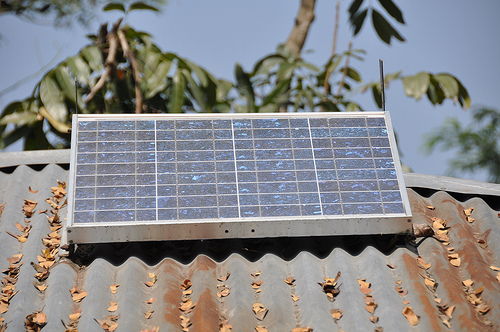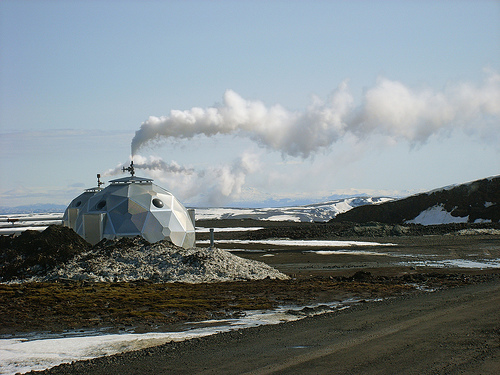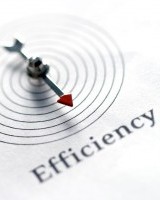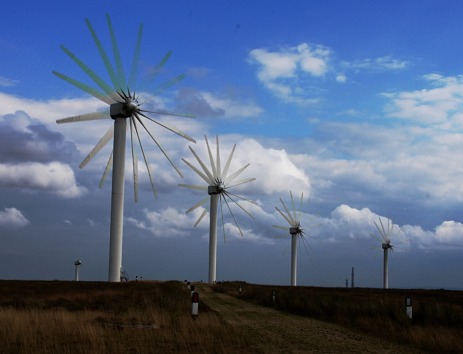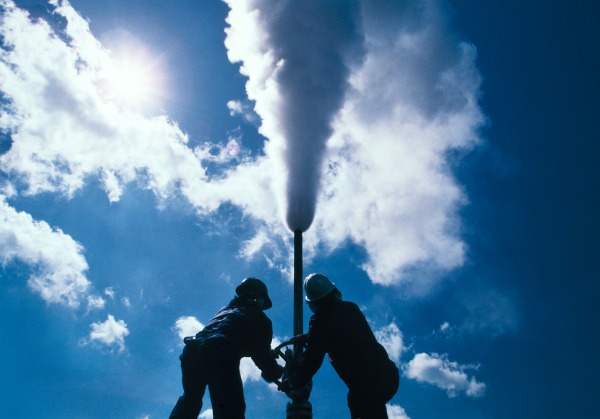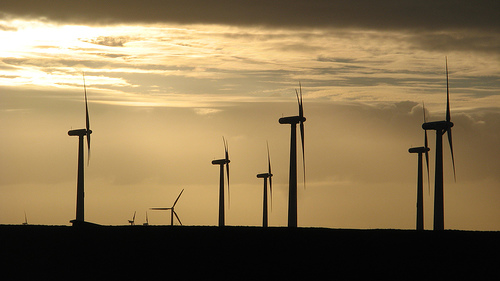Climate Energy
All Stories
-
The Senate likes ethanol slightly less than it used to
For years, Washington has been really gung-ho about putting corn (America’s crop!) into cars (America’s bikes!), and has supported corn ethanol production with a suite of subsidies. But now senators are ready to say: “With food prices rising, we're not so comfortable with that! Maybe people should eat the corn instead, in the form of some kind of high-fructose syrup.” esterday, the Senate passed a measure that would end a 45-cent-per-gallon tax credit for ethanol producers.
-
1 million Bangladeshis use solar as sole source of electricity
It's the fastest expansion of solar power ever, says the government of Bangladesh: From 7,000 households in 2002 to 1 million in 2011. Ninety million of Bangladesh's 150 million people have no access to electricity at all, so access to small-scale solar is transformative for this population.
-
SciAm op-ed: Kill biofuels to solve the food crisis
With the Senate successfully passing an amendment to end the 45-cent-per-gallon ethanol subsidy for American refiners and the 54-cent tariff on imported ethanol, I thought I'd point to this terrific op-ed in Scientific American on how to solve the food crisis. According to author Timothy Searchinger of Princeton University, it's the biofuels, stupid.
-
New map of NYC shows how much you could save with solar
Solar power in New York could meet half of the city's peak energy demands. The city's been fully assessed for solar capability, using a plane-mounted radar system called Lidar that checks out whether rooftops are suitable for solar panels. Turns out a full 66 percent of them are, and the city and its inhabitants could be saving a buttload of money and energy by making use of that fact. If New York could harness all its rooftop potential, it would triple the amount of solar energy currently installed nationwide.
-
Geothermal power is heating up worldwide
Geothermal power has grown at just 3 percent annually over the last decade, but the pace is set to pick up substantially, with close to 9,000 megawatts of new capacity projected for 2015.
-
Breaking news: Energy-efficiency programs work, save us millions
Since 2004, 26 states have put efficiency standards into place to reduce demand and help customers save energy. Nineteen of those programs have been in place for over two years. And guess what? Thus far, the programs are working.
-
Land use is not a barrier for distributed renewable energy
A column in The New York Times last Tuesday suggested that land use is the greatest environmental problem facing new renewable energy.
-
Ex-nuclear engineer says it can never be safe
Back when Italy was trying out nuclear power for the first time, Cesare Silvi was one of the guys who had to figure out how to make it safe. Sometimes crazy things would happen -- once, an oil pipe burst, fouling the cooling water intake of a nuclear power plant miles away, shutting it down. Soon Silvi discovered there were many other pipes even closer to that plant; his attempt to study them was stymied by the moneyed interests who own them.
The longer he looked, the more small, improbable, but potentially disastrous scenarios piled up -- war, terrorism, plane crashes, missiles, extreme weather -- leading him to eventually conclude that if you armored a nuclear power plant against all potential disasters, you could never produce power for a reasonable amount of money.
-
One-third of Indonesia's electricity could come from geothermal energy
Here's an old clean energy maxim: If life gives you volcanoes, make geothermal power. That's Indonesia's strategy, anyway, and it's working for them. By 2025, the country could get a third of its electricity from geothermal sources, and Al Gore has said it could be the first "geothermal superpower."
-
Renewable v. Renewable: Oregon wind and hydro fight over grid space
The Northwest coast right now has a problem most places in the country could only wish for: too much renewable energy. And while hippies would like us to believe that clean energy sources will work flawlessly in harmony to edge out coal and oil, this abundance is pitting wind producers and hydroelectric producers against each other.
Alongside the Columbia River, in Oregon, wind power is becoming a big player, working in concert with dams on the river to produce renewable energy. But right now the Bonneville Power Authority, which controls the dams, is ordering wind farms to generate less power, saying it needs more space than usual on the grid to handle the power the dams are producing.
Wind farms are, understandably, peeved.

